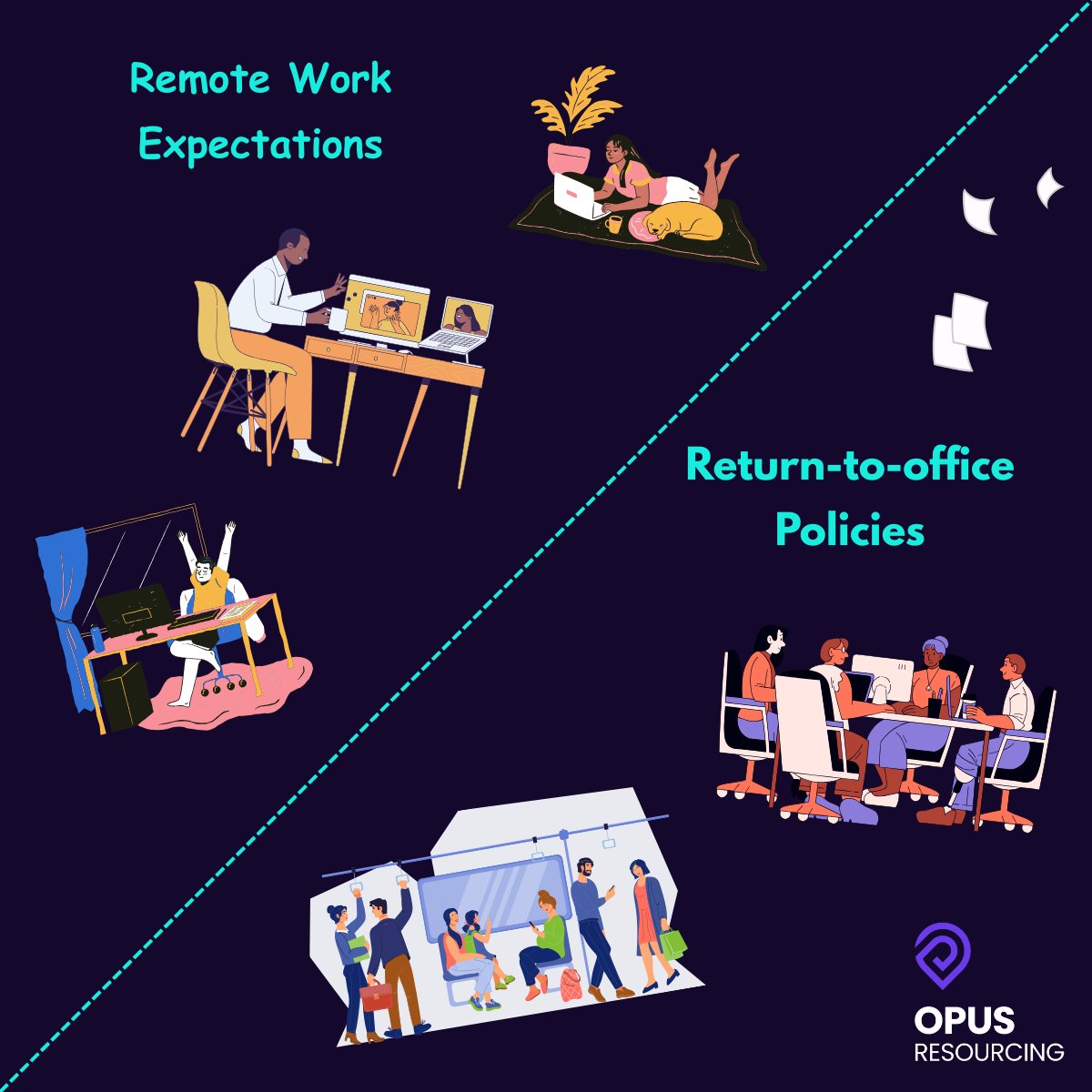
Finding the Unicorn: How We Hired a Patent AI Engineer in 6 Weeks
In recruitment, there are challenging roles. Then there are “unicorn” roles—positions that require such a specific combination of skills and experience that they seem almost impossible to fill. When a leading Los Angeles patent law firm approached Opus Resourcing to find their founding Data Science Engineer, we knew we had a unicorn on our hands.
The brief? Find someone who could drive AI innovation, build large language models (LLMs) from the ground up, and ideally understand the intricacies of patent law. No pressure.
The Challenge: Where Two Worlds Collide
Patent law and cutting-edge AI engineering rarely intersect in a single professional’s background. The firm had previously struggled to source this role, and it wasn’t hard to see why. They were essentially looking for someone who could:
- Build and fine-tune LLMs specifically for patent applications
- Drive AI innovation in a traditionally conservative legal environment
- Understand patent law complexities well enough to create meaningful AI solutions
- Serve as a founding engineer, establishing the technical foundation for future AI initiatives
Previous attempts to fill the role had stalled. Traditional legal recruiters didn’t have access to data scientists. Tech recruiters didn’t understand patent law. The firm was caught between two talent pools that rarely communicate.
The Opus Approach: Discovery Before Deployment
Rather than immediately diving into the market, we took a different approach. We conducted two in-depth discovery sessions with the firm’s leadership to truly understand:
- What “AI innovation” meant in the context of their specific patent practice
- Which technical skills were non-negotiable versus nice-to-have
- How much patent law knowledge was actually required versus could be learned
- What the growth trajectory for this founding role looked like
- How this hire would integrate with existing teams and systems
These sessions were crucial. They helped us refine the scope and responsibilities of the role, moving from a vague “data scientist who knows patents” to a precise profile of the candidate who could genuinely succeed in this position.
Strategic Market Mapping: Thinking Beyond the Obvious
Armed with clarity, we developed a comprehensive market map that looked beyond traditional sources. Our target list included:
Legal Tech Companies building patent-specific AI products—engineers who already understood the domain challenges and had experience applying machine learning to patent data.
Patent Law Firms with emerging AI initiatives—data scientists who had already made the leap into the legal world and understood the cultural nuances.
Technology Companies focused on natural language processing for technical documents—engineers whose experience with complex, jargon-heavy content would translate to patent applications.
Academic and Research Institutions working at the intersection of IP and AI—researchers ready to transition their theoretical knowledge into practical applications.
This wasn’t about posting a job description and waiting. It was about proactive identification of the handful of professionals in the world who fit this unique profile.
The Results: 100% Hit Rate
Within six weeks of engagement, we had achieved something remarkable:
- Four candidates presented to the client
- 100% interview rate—every single resume we submitted resulted in an interview
- One successful hire who is now building the firm’s AI foundation
The 100% interview rate wasn’t luck. It was the result of truly understanding what the client needed, knowing exactly where to find it, and presenting only candidates who genuinely matched the brief. No spray-and-pray. No “close enough” submissions. Just precision.
Why Exclusivity Mattered
This assignment was conducted on an exclusive basis, and that exclusivity was essential to success. It allowed us to:
- Invest deeply in understanding the firm’s needs without competing against multiple recruiters flooding the same market
- Protect candidate quality by controlling the narrative and ensuring candidates weren’t approached by multiple firms simultaneously
- Move with speed and confidence, knowing we had the time and space to do the work properly
- Maintain confidentiality around the firm’s AI strategy and hiring plans
The Bigger Picture: Legal Tech Talent is Different
This case study illustrates a broader truth about legal tech recruitment: traditional approaches don’t work. The talent firms need to drive AI innovation, build proprietary technology, and compete in an increasingly tech-driven legal landscape doesn’t come from traditional sources.
Success requires:
- Deep discovery work to understand what firms actually need versus what they think they need
- Cross-industry market intelligence that spans legal, technology, and research sectors
- Technical fluency to assess candidates’ capabilities in emerging technologies like LLMs
- Strategic patience to find the right person rather than settling for available candidates
A New Playbook for Legal Tech Hiring
As law firms increasingly invest in proprietary AI and data science capabilities, the demand for these unicorn profiles will only grow. The firms that succeed in building internal tech capabilities will be those that approach recruitment strategically, partner with specialists who understand both worlds, and resist the urge to compromise on quality.
Finding a founding Data Science Engineer with patent law knowledge in six weeks might sound impossible. But with the right approach, even unicorns can be found.
At Opus Resourcing, we specialise in solving impossible hiring challenges at the intersection of law and technology. If your firm is building AI capabilities and struggling to find the right talent, let’s talk about how a strategic, exclusive approach can deliver results.








